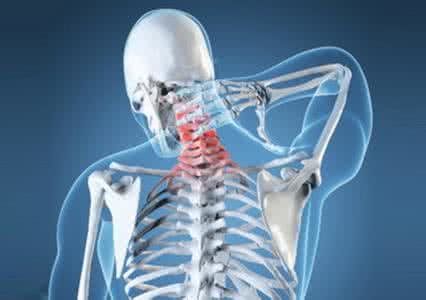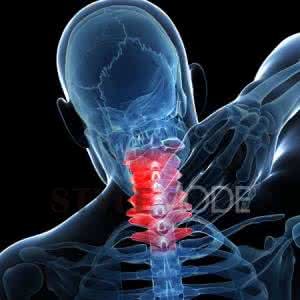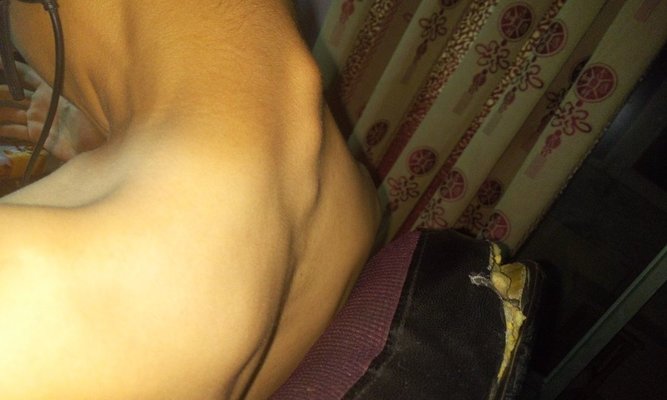Early symptoms of cervical spondylosis
summary
Cervical spondylosis is a general term for cervical osteoarthritis, proliferative cervical spondylitis, cervical nerve root syndrome and cervical disc prolapse. Its etiology is mainly because of long-term cervical strain, bone hyperplasia, or because of disc herniation, ligament thickening, resulting in cervical bone marrow or nerve root or vertebral artery compression, and then a series of dysfunction of clinical syndrome. Patients often occur in some staff who need to keep sitting for a long time. Now let's take a look at the early symptoms of cervical spondylosis.
Early symptoms of cervical spondylosis
What patients need to know is that according to the etiology of cervical spondylosis, the classification of cervical spondylosis is also different, so some clinical symptoms of cervical spondylosis are not the same, it is not decisive to say all his specific manifestations, but in some aspects, the symptoms of cervical spondylosis are the same.

First of all, the common symptoms of cervical spondylosis are: back pain, upper limb weakness, finger numbness, lower limb fatigue, walking difficulties, dizziness, vomiting, nausea and so on are some common symptoms of cervical spondylosis. In addition, patients may also have blurred vision, dysphagia, and tachycardia.

The reason patients have these symptoms is that it is a complication of cervical spondylosis. Because of cervical spondylosis, direct or indirect compression to some nerves or related tissues, leading to some complications. So patients should be treated in time, do not delay the disease.

matters needing attention
Patients should strengthen physical exercise to enhance personal physical quality. For cervical spondylosis, the most important thing is to take care of yourself, through some ways of behavior to make your cervical recovery. We also need to pay more attention to diet. If you have any questions, please consult the attending doctor.












